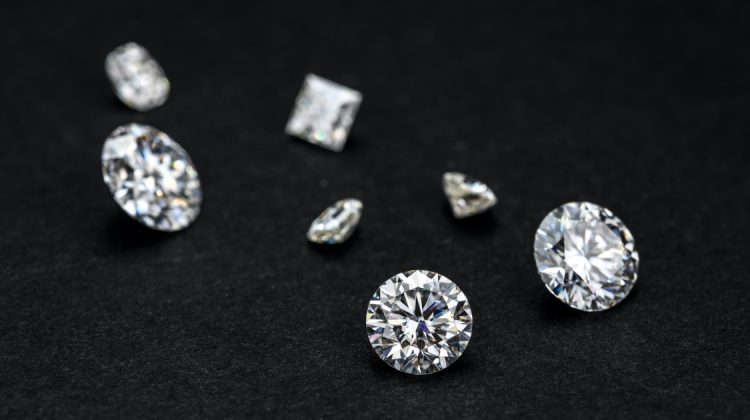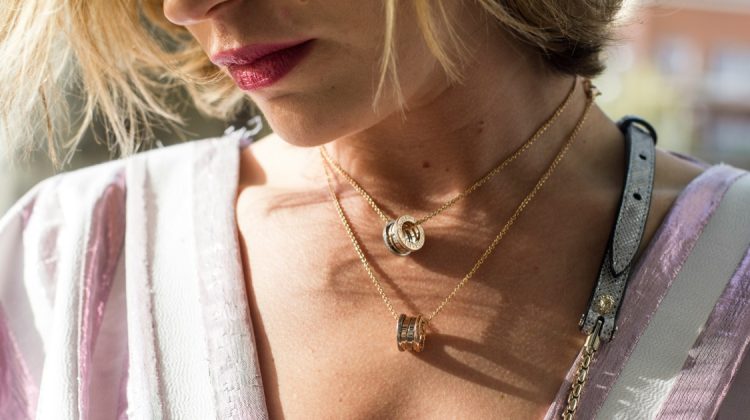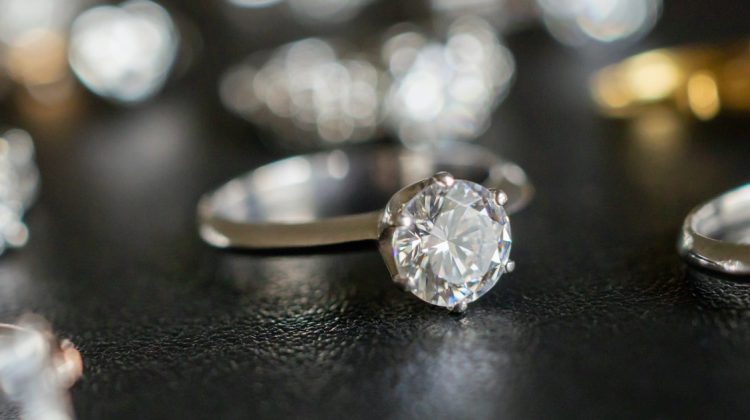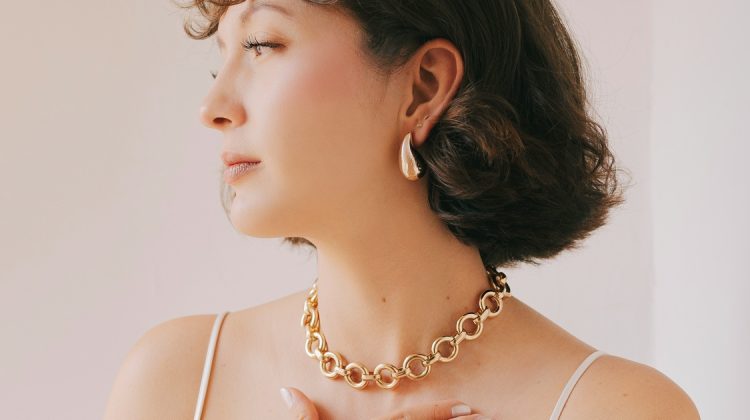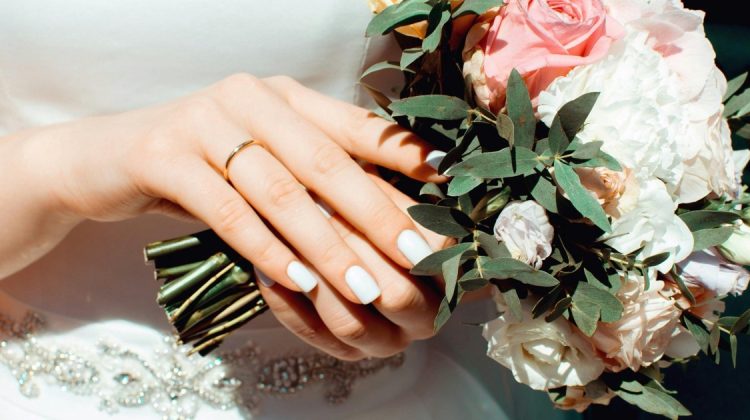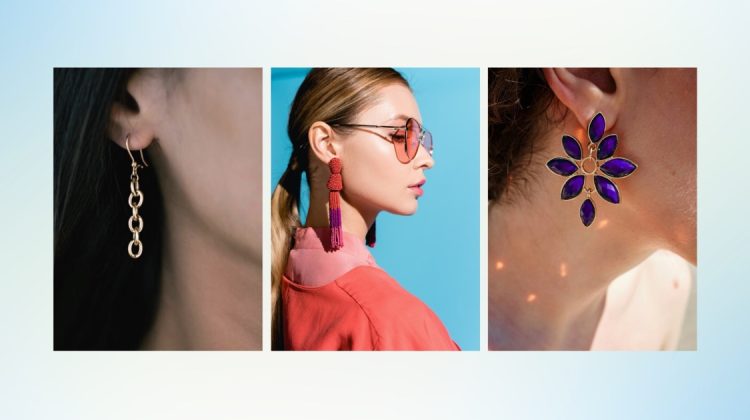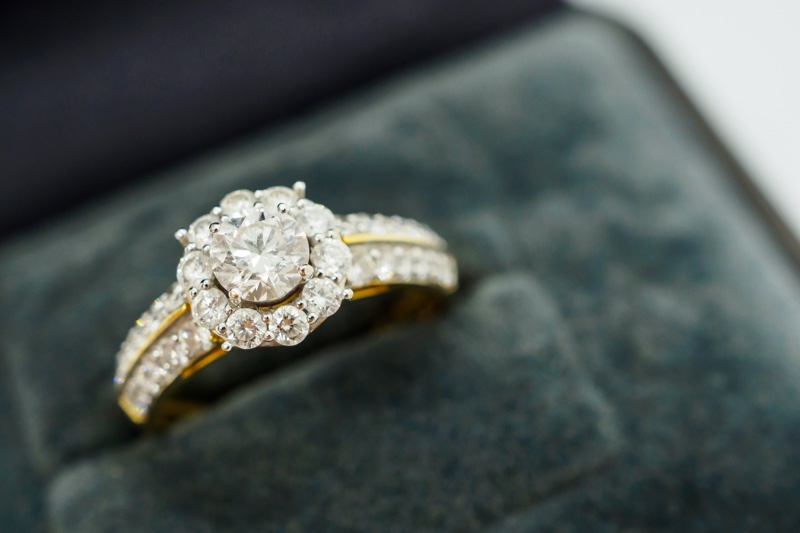
Are you and your partner getting engaged and looking for an engagement ring that’s as beautiful and unique as your partnership? A custom engagement ring could be the perfect solution. But before you head to the jewelry design studio, you need to consider a few factors.
Here are our 8 top tips on designing a custom engagement ring.
Think About Why You Want a Custom Ring
What is the significance of an engagement ring? It symbolizes you and your loved one’s promise of lifelong commitment to each other. It’s also a sign of the love and devotion you share. However, there is no set rule about how it should look.
There are many beautiful engagement rings gracing jewelry store display windows, featuring everything from brilliant round cuts to alluring emerald cuts and everything in between. But the trend for personalized engagement rings is growing by the day.
Think about why you want a custom engagement ring. Is it because you don’t see anything you particularly like in stores, or do you yearn for something unique? This will give you some clues as to where to look for inspiration.
Find Your Inspiration
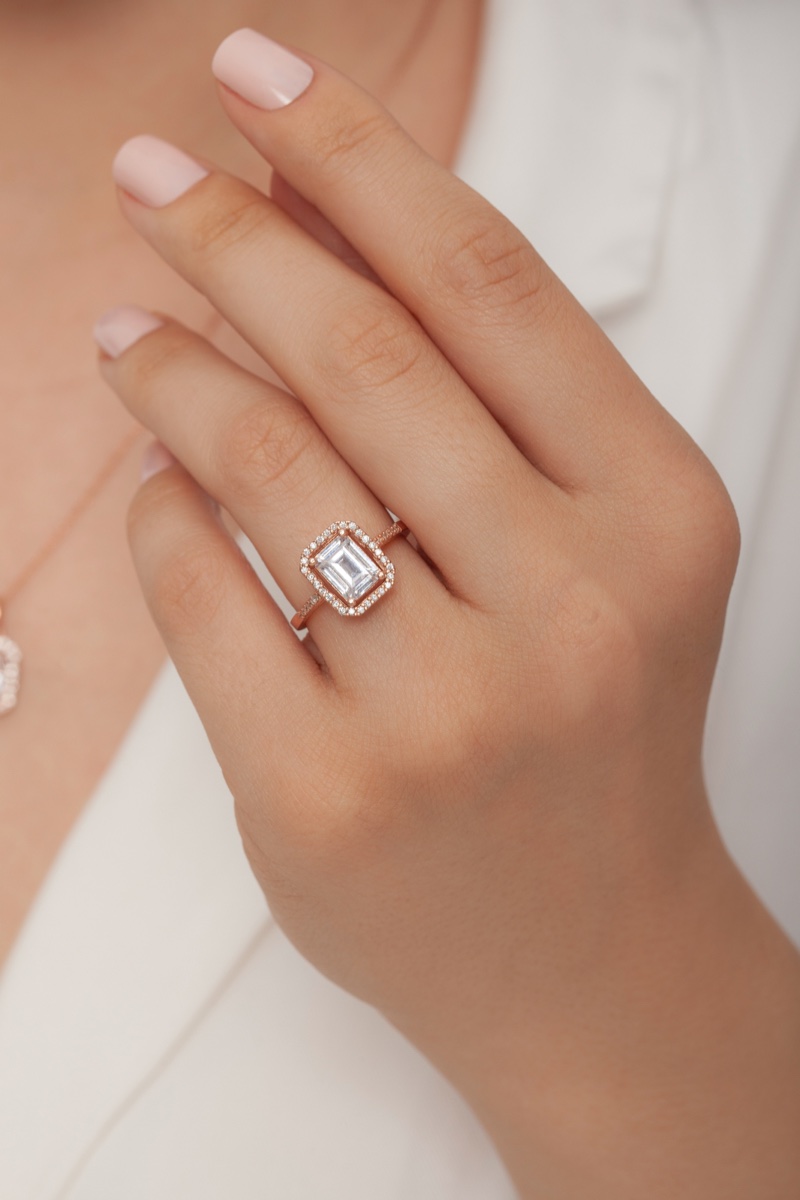
You can’t go wrong with the classic solitaire diamond engagement ring featuring a round-cut brilliant stone. Three-quarters of store-bought engagement rings feature the round cut. But emerald-cut engagement rings are also very popular, especially for custom-designed rings.
Of course, it’s your ring, and you must be happy with it, so do some research into ring styles. Find inspiration from online articles, social media posts, or even family heirloom vintage designs. Try putting what you’re looking for into a drawing, and have some fun deciding on the design aspects.
Try on rings in-store to see what sorts of designs suit your finger. Any design will look very different on the hand than it does in a display case. And discuss what you’re looking for with your partner – they may surprise you with their own ideas.
Set a Budget
Custom engagement rings are not necessarily more expensive than ready-to-buy ones. But your choice of engagement ring will depend mainly on your budget. You want to avoid getting into financial difficulty with a wedding coming up! So, discuss this with your partner and set a realistic budget.
However, much rests on your choices of stones. For example, platinum is more expensive than either yellow or white gold. Diamonds are graded according to the 4Cs – cut, color, clarity, and carat. The combination of these four classifications contributes to a diamond’s value (and, therefore, the cost you’ll pay).
The most important ‘C’ in diamonds is cut. A diamond will lack the desired luster and sparkle without the proper cut. These criteria apply to other stones, too, but the most important one for colored stones is the C for color.
Design the Setting
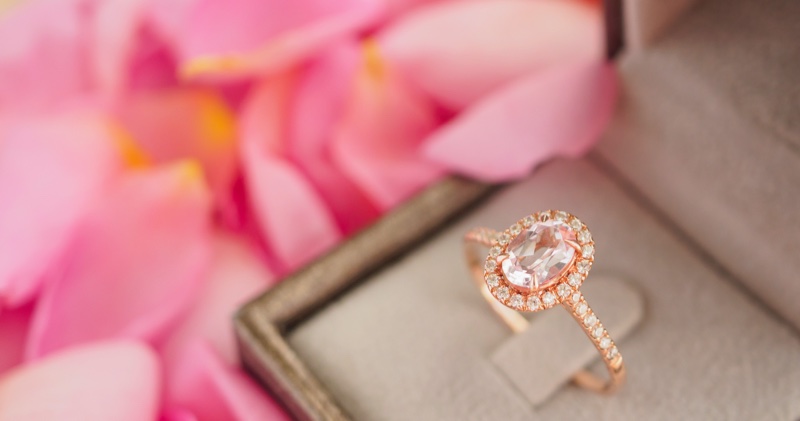
Customizing your engagement rings’ shape and style allows you to add personal touches. Decide if you want a prong setting (with a minted gemstone) vs a bezel setting (with the gemstone encased by the metal).
Computer-aided design, or CAD technology, is no longer exclusive to engineering and architecture but has also entered various other industries. So, it comes as no surprise that it’s also being used to optimize the engagement ring design process.
In 2D or even 3D, CAD can show what the finished product will look like, allowing you to make changes until you’re happy with the final result. The ring can then go into production and will mirror what you saw in the CAD design.
Select the Perfect Metal
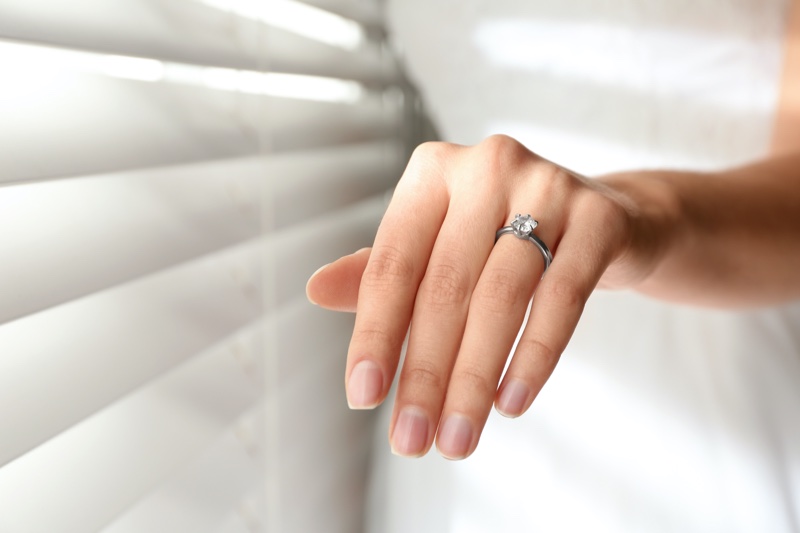
It’s not just the stone that makes an engagement ring beautiful. One of the best things about designing a custom engagement ring is the freedom to choose your metal. Yellow gold may be traditional, but only some people like it. Fortunately, white gold or rose gold (or even platinum) are available, too.
Remember that the metal has to complement the design and the stones set in it. High-grade colorless diamonds look their best set in white gold or platinum. Yellow-tinted stones look great with yellow gold, and pink-tinted stones pair well with rose gold.
Platinum and white gold look stunning against cooler skin tones and darker complexions. Yellow or rose gold looks lovely on golden, sun-kissed skin and warmer complexions. Choose a metal that appeals to you and suits your skin tone and stone of choice.
Choose the Center Stone
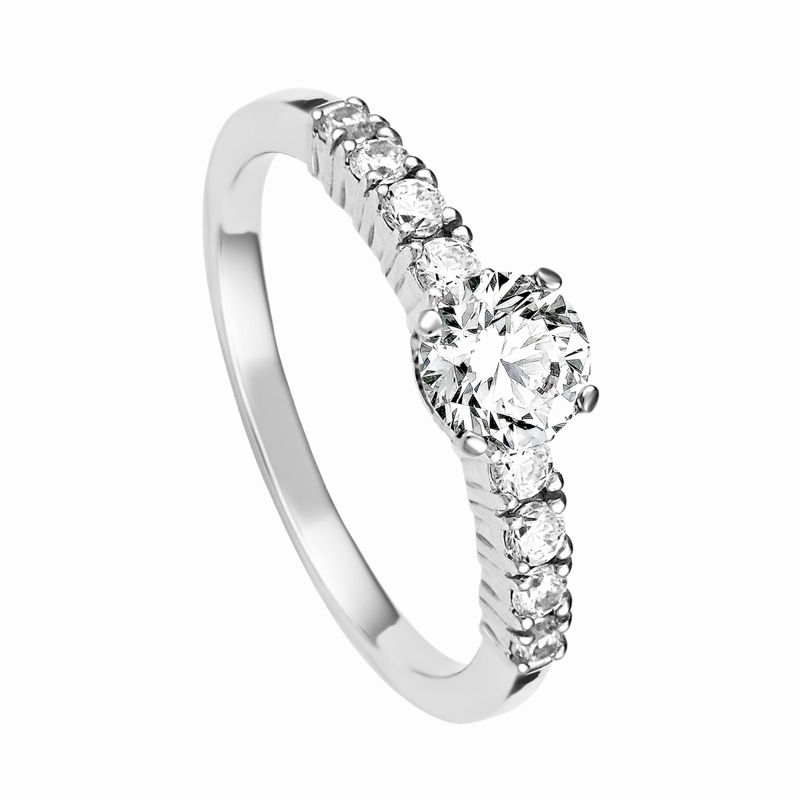
Choosing the right center stone is crucial. You’ll shine as brightly as a star in the sky with the proper center stone. Contrary to popular belief, it doesn’t have to be a diamond. While diamonds are indeed a traditional choice, there are countless options for center stones.
And now times have changed. So, rubies, emeralds, sapphires, and moissanite stones are equally beautiful choices for a unique engagement ring.
The sky’s the limit, as there are so many stones to choose from. Your choice of center stone also hinges on whether or not you’re going for a solitaire design or if you’ll be adding accent stones. They don’t have to match, but all the stones have to complement each other.
Accent Stones: Yes or No?
You don’t necessarily have to include accent stones, but this can sometimes add extra depth and dimension to a custom engagement ring. Be aware, though, that they should never compete with the center stone. If you’re undecided, ask your jeweler for their advice. They know which stones look good together.
As a general rule of thumb, accent stones should not be bigger than half the size of the center stone. This keeps the design looking balanced. Keeping all the stones the same shape will produce a timeless, classic look.
That doesn’t mean you can’t have a different shape for the accent stones than the center stone. This can look contemporary and unique. But then stick to one size and shape for the center stone and one for the accent stones. Too many sizes and shapes everywhere will be a bit jarring.
Size & Fit
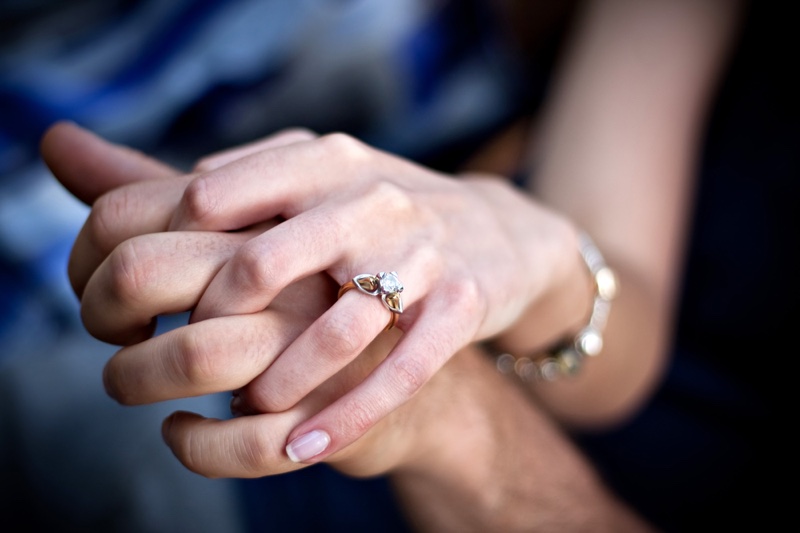
Selecting the ideal engagement ring is just as crucial as finding the perfect attire. Moreover, since you’ll wear your engagement ring daily, settling for anything less than perfect could lead to regret. So always review the final design and make any necessary adjustments before leaving the jeweler.
It’s possible to have a ring resized in the future if you’ve gained or lost weight and it no longer fits properly. But you’ll want to start with the right fit so it fits comfortably. If it’s too big, it can slip from your finger and go missing. Too tight, and you won’t be able to remove it when you need to.
Consider your lifestyle when deciding on the size. A large design may get in the way if you’re an active person, professional athlete, or work outdoors with your hands. Your personalized engagement ring should always be made to suit your specific needs. Address your concerns with your jeweler and set clear expectations from the start.
Designed for Love
Custom engagement rings offer a unique opportunity to capture the essence of your love story in a tangible form through jewelry. As you venture forward, remember that this piece will be a lasting emblem of your journey together. Embrace the creative process, and may your ring be as exceptional as your bond.
